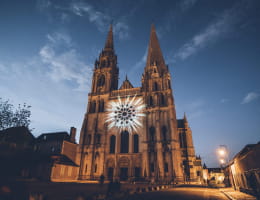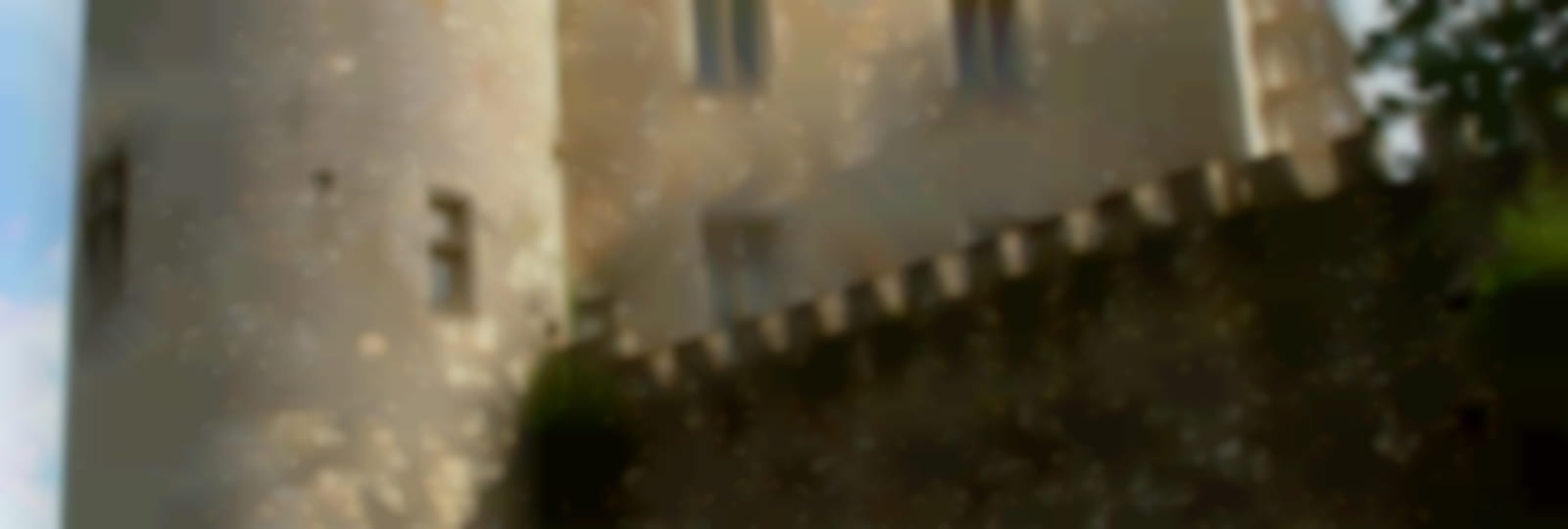In le Perche, a medieval fortress watches over the town. Around the rectangular 11th century dungeon, there is a Renaissance dwelling which houses an ethnographic and local history museum, as well as temporary exhibitions, slide shows, guided visits and fun visits for children.
The second floor of the Renaissance building which houses the museum presents several aspects of the rural and industrial life of Le Perche. The Perche nanny industry, as well as Percheron horse breeding figure prominently in this museum, where there are objects and pictorial documents. It has displays on domestic life activities, such as laundry care, and the reconstruction of two interiors - one rural and one conventional - in the two towers of the small chateau, completing this pleasant set-up. The first floor is dedicated to temporary exhibitions on various themes. For several years, the museum has taken an interest in contemporary art by displaying artwork by locally renowned artists, and by doing so, drawing themselves into the present.Above the town of Nogent-le-Rotrou, Château Saint-Jean occupies a remarkable site at the tip of a plateau carved out by the Huisne. The rectangular keep started in the early 11th century forms the core of the fortress. The circular outer walls with seven cylindrical towers enhanced the defences from the 13th century. Ruined in 1428 during the Hundred Years War, the château radically changed its appearance in the 16th century with the construction of the Renaissance-style house. Since 1960, the rooms of the château have contained a museum of ethnography and local history. Temporary exhibitions are organized regularly. The second floor of the Renaissance building which houses the museum presents several aspects of the rural and industrial life of Le Perche. The Perche nanny industry, as welAbove the town of Nogent-le-Rotrou, Château Saint-Jean occupies a remarkable site at the tip of a plateau carved out by the Huisne. The rectangular keep started in the early 11th century forms the core of the fortress. The circular outer walls with seven cylindrical towers enhanced the defences from the 13th century. Ruined in 1428 during the Hundred Years War, the château radically changed its appearance in the 16th century with the construction of the Renaissance-style house. Since 1960, the rooms of the château have contained a museum of ethnography and local history. Temporary exhibitions are organized regularly.
- French
- Pets allowed
- Shop
- Parking
- Activities
- Adult workshop
- Junior workshop
- Temporary exhibitions
- Full adult price From 5€
Place Emile Maquaire
28400 NOGENT-LE-ROTROU






































